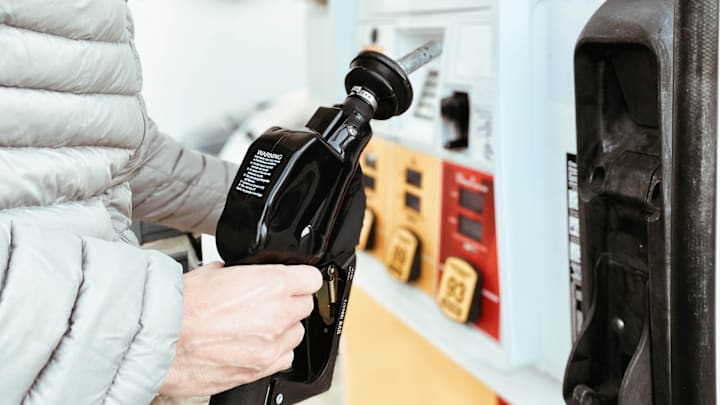Even if you won’t be doing much traveling during the winter months, it pays to stay vigilant about your car. As long as the threat of extra-cold weather persists, one car hack in particular can come in handy: keeping a full tank of gas. According to the Detroit Free Press, it’s an easy way to prevent fuel lines from freezing.
One common reason automobiles struggle to start in frosty temperatures is blocked-up fuel lines. These tubes are thin, and if there’s any moisture in them when temperatures drop to extreme levels, they can freeze, causing blockages that prevent fuel from flowing.
Gasoline, on the other hand, doesn’t freeze as easily. Rather, it maintains its liquid state in subzero temperatures, like those currently hitting parts of the U.S., so when a gas tank is full, those fuel lines are better equipped to handle to the cold.
If you fill up your tank before a cold snap and your car still won’t start, it may have something to do with your antifreeze levels. Your car’s radiator needs water to work properly, and antifreeze is what keeps the water liquid when temperatures dip below 32°F.
Of course, if temperatures have already dropped to dangerous levels in your area, it’s probably not worth it to drive to the gas station to refuel or run out to stock up on antifreeze. Instead, keep these car maintenance tips in mind for the next time an arctic blast rolls in to town. And when it is safe enough to drive again, resist heating up your engine in the driveway: Letting your car idle in the cold can actually shorten the engine’s lifespan.
Read More Fascinating Stories About Cars:
A version of this article was originally published in 2019 and has been updated for 2025.
